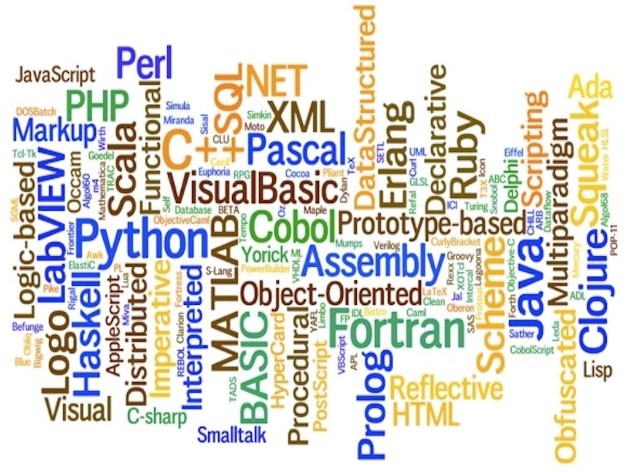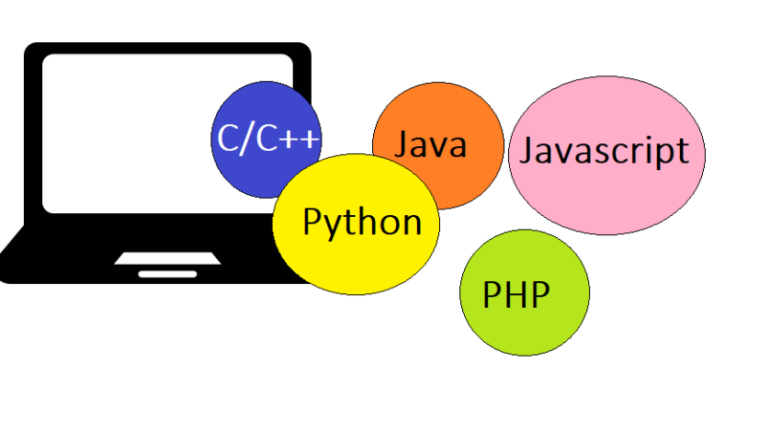Why learn programming languages at the young age

In today’s high-tech world, IT skills are a differentiator for career aspirants. Since technical equipment functions with an arrangement of codes/ programming language in them, rigorous knowledge of coding is the basis of all programmes running on the computers.
Gone are the days when programming languages were considered to be fit for minds pragmatic with sharp analytical skills, now-a-day it has enriched the world of technology opening doors for everyone with a variety of skill-set. With a little patience and problem-solving approach and logical thinking, one can easily gain the required skill. Not only for career aspirants but technology also has a high potential in transforming school education.

Learning coding by kids at an early age develops problem-solving skills in a structured manner which they can implement in resolving problems in other areas.
There are two groups of programming languages- Structured programming and Object-oriented programming.
The former is user-friendly, aims at providing a lucid program with reduced complexity and logical errors, easily traceable errors. It is machine-independent, also helps in avoiding data corruption. It uses control structures, block structures, and subroutines.
The flow of execution done by the programmer is called Control Structure which has these categories:
- Sequence- Instructions or statements are given after one another in a sequence.
- Selection- Depending on the programme, few instructions are given with a choice of key words, as- ‘if’…’then’….’else’….’and if’. It should have one true statement so that other statements could be ignored.
- Iteration- Also called repetition or looping in which instruction or statement is given several times until specified condition is met. The key words are- ‘while’…’repeat’…’for’ or ‘do. until’.
- Recursion- Very much similar to Iteration, with same key words usage, is more efficient.
Subroutines– It is a block of codes that is called by the main program to perform a particular function. They make programs shorter, easier to understand as they break codes into smaller modules.
Block structures– Group of statements is used as if one statement avoiding the conflict of functions and procedures that have the same name. It has syntax for enclosing the statement, as- ‘begin…end’, and curly braces {…..}
OOP is a programming language that works on the concept of class and object which means class represents categories and object is the instances/variety of the class. The class set up some attributes for the category of objects.

The class has functions or methods which help to define individual objects. It is a kind of template, based on which, objects can be differentiated with their own categories.
- Java
- Python
- Java Script
- C++
- PHP
- Visual Basics.NET.
- Ruby
- Scala
Since knowledge of Programming languages has become a universal skill, learning it at a young age brings more benefits. Children become successful in using and managing technology in their everyday lives, enhance computational thinking, promote creativity, the learning process, possibilities, and end results. Not only this, it opens up a path of diverse job opportunities. The skill helps children to become innovative as they can develop computer apps and software.